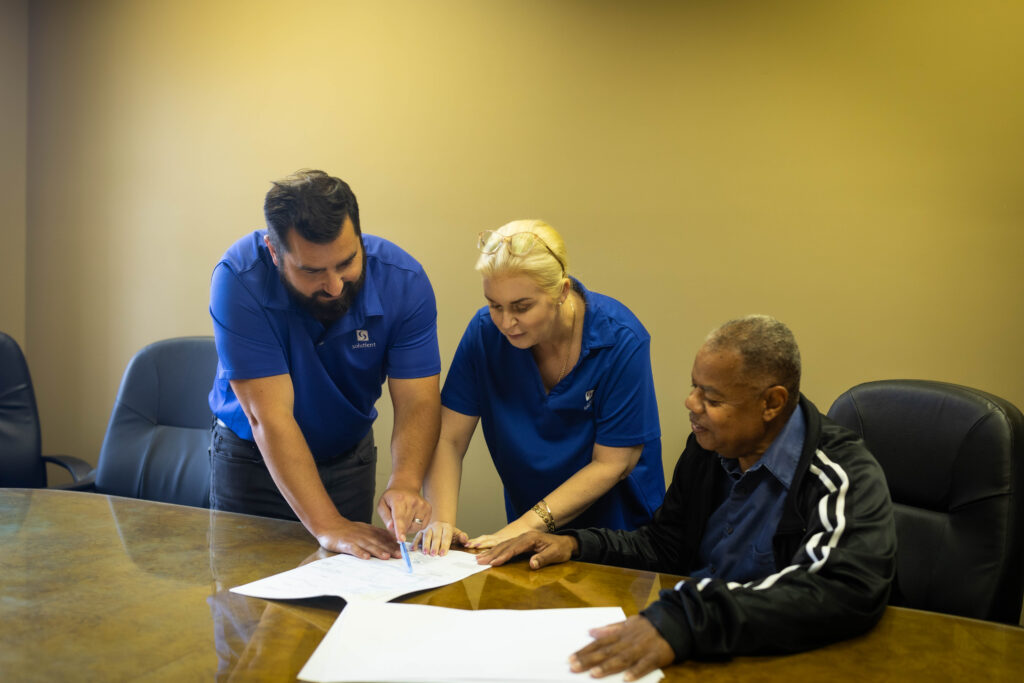Municipalities trust Solutient to manage their Community Development and Housing Authority projects for their unique combination of intergovernmental management experience, funds management, and large program consultation expertise.
Solutient brings to its Community Development and Housing Authority clients the same talents and experience we provide to local and regional governments for the management of all federal programs.
Solutient is consistently retained by local governments to manage and consult on federal programs originating in the departments of HUD, FEMA, Justice, DOT, and Homeland Security, as well as multiple international contracts with the World Bank.
Solutient specializes in improving programs that have not met operational or outcome expectations, or are facing cancellation.
Seasoned Expertise
Whether we’re focusing on managing Section 8 housing, evaluating Section 3 compliance, or implementing HUD programming for Community Development Departments, the Solutient team has significant experience in each area.
service areas
- Program Management
and Operation - Financial Management
- Client Services
- Compliance and Evaluation

60 Years
on-site service experience
With respect to HUD funded programs, particularly Community Development Departments and Housing Authorities, the Solutient team has over 60 years of on-site service in multiple agencies and multiple states. When management needs clarification, operations need improvement, or funds need to be precisely tracked, Solutient is the organization that governments trust.
